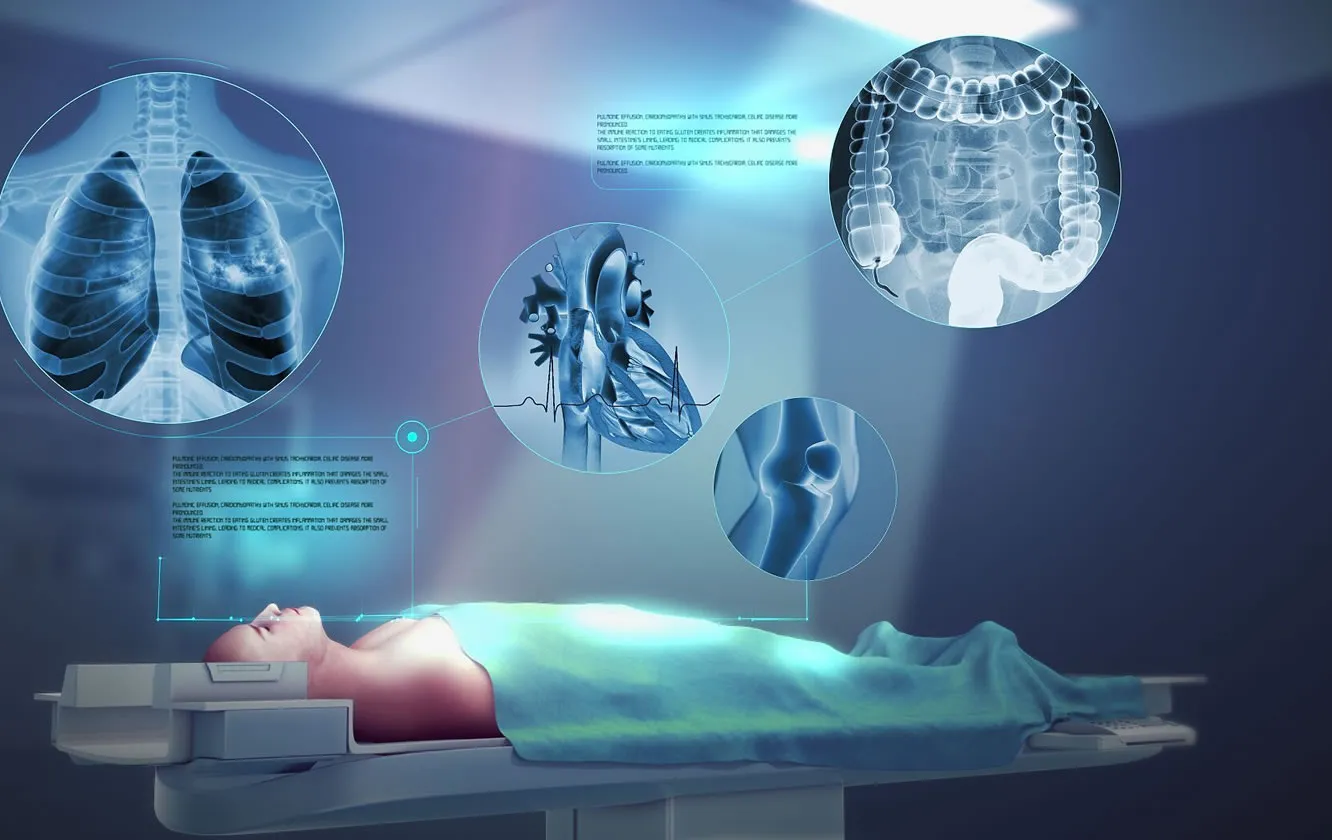In the digital age, the realm of image processing has witnessed remarkable advancements, transforming the way we capture, analyze, and interpret visual data across various domains. In healthcare, digital image processing plays a pivotal role in medical imaging, diagnosis, treatment planning, and research. From enhancing image quality to extracting meaningful information, digital image processing techniques have revolutionized medical imaging modalities and facilitated unprecedented insights into the human body. In this comprehensive article, we delve into the principles, applications, and advancements of digital image processing in healthcare, highlighting its profound impact on modern medicine.
Understanding Digital Image Processing:
Digital image processing refers to the manipulation and analysis of digital images using computer algorithms to extract information, enhance visual quality, or facilitate interpretation. In the context of healthcare, digital image processing techniques are employed to optimize medical imaging data acquired from various modalities, including X-ray, computed tomography (CT), magnetic resonance imaging (MRI), ultrasound, and positron emission tomography (PET), among others.
Key Principles and Techniques:
Digital image processing encompasses a wide range of principles and techniques, including:
- Image Enhancement: Image enhancement techniques aim to improve the visual quality of medical images by reducing noise, enhancing contrast, sharpening edges, and adjusting brightness and color levels. Common enhancement methods include histogram equalization, contrast stretching, spatial filtering, and edge detection.
- Image Segmentation: Image segmentation involves partitioning an image into multiple regions or segments based on certain characteristics, such as intensity, texture, or color. Segmentation techniques are used to delineate anatomical structures, identify lesions or abnormalities, and extract quantitative measurements for diagnostic purposes.
- Feature Extraction: Feature extraction techniques involve identifying and quantifying specific characteristics or patterns within medical images, such as edges, textures, shapes, or landmarks. Feature extraction facilitates the classification, characterization, and measurement of anatomical structures or pathological findings, aiding in diagnosis and treatment planning.
- Image Registration: Image registration techniques align and integrate multiple images acquired from different modalities or time points into a common coordinate system. Registration facilitates the comparison, fusion, and visualization of complementary information from diverse imaging sources, enabling comprehensive assessment and analysis.

Applications in Healthcare:
Digital image processing has myriad applications in healthcare, including:
- Medical Diagnosis: In diagnostic imaging, digital image processing techniques are used to enhance image quality, improve visualization of anatomical structures, and aid in the detection and characterization of abnormalities. From identifying tumors and fractures to assessing organ function and disease progression, image processing plays a critical role in clinical diagnosis across specialties.
- Treatment Planning: Digital image processing facilitates treatment planning by providing detailed anatomical information, quantitative measurements, and predictive models derived from medical images. In radiation therapy, for example, image processing techniques are used to delineate target volumes, optimize treatment plans, and minimize radiation exposure to surrounding healthy tissues.
- Image-Guided Interventions: In minimally invasive procedures, such as laparoscopy, endoscopy, or interventional radiology, digital image processing enables real-time visualization, navigation, and guidance. By integrating preoperative imaging data with intraoperative images or tracking devices, image processing enhances procedural accuracy, reduces complications, and improves patient outcomes.
- Research and Education: Digital image processing serves as a valuable tool for research and education in healthcare, enabling quantitative analysis, image reconstruction, and data mining from large-scale imaging datasets. From investigating disease mechanisms and treatment responses to developing novel imaging techniques and surgical simulators, image processing fuels innovation and advances medical knowledge.
Advancements and Future Directions:
Continued research and technological advancements are poised to further enhance the capabilities and applications of digital image processing in healthcare. Future developments may include:
- Artificial Intelligence Integration: The integration of artificial intelligence (AI) algorithms, such as deep learning and convolutional neural networks (CNNs), into digital image processing workflows holds the potential to automate tasks, improve diagnostic accuracy, and personalize patient care. AI-powered systems can learn from large datasets to perform tasks such as image interpretation, segmentation, and classification with human-level performance.
- Multimodal Fusion: Integrating information from multiple imaging modalities, such as MRI, CT, and PET, through advanced fusion techniques can provide comprehensive and complementary insights into complex physiological processes and disease states. Multimodal fusion enables synergistic analysis, improved diagnostic accuracy, and personalized treatment planning tailored to individual patient needs.
- Augmented Reality and Virtual Reality: Augmented reality (AR) and virtual reality (VR) technologies offer immersive and interactive platforms for medical visualization, education, and training. By overlaying digital information onto real-world environments or creating virtual simulations of anatomical structures, AR and VR enhance spatial understanding, procedural planning, and surgical navigation, leading to safer and more effective interventions.
- Point-of-Care Imaging: The miniaturization of imaging devices and the development of portable, point-of-care imaging systems enable real-time visualization and analysis of medical images at the bedside or in remote settings. Point-of-care imaging technologies empower healthcare providers to make rapid diagnostic decisions, monitor disease progression, and deliver timely interventions, particularly in resource-limited or emergency settings.
Conclusion:
Digital image processing represents a cornerstone of modern healthcare, empowering clinicians and researchers with powerful tools to visualize, analyze, and interpret medical images with unprecedented precision and insight. From enhancing image quality to facilitating diagnosis, treatment planning, and research, digital image processing techniques have revolutionized medical imaging modalities and transformed clinical practice across specialties. As technology continues to evolve and research advances, the potential of digital image processing to improve patient care, enhance clinical outcomes, and advance medical knowledge remains limitless, ushering in a new era of personalized medicine and diagnostic excellence.

